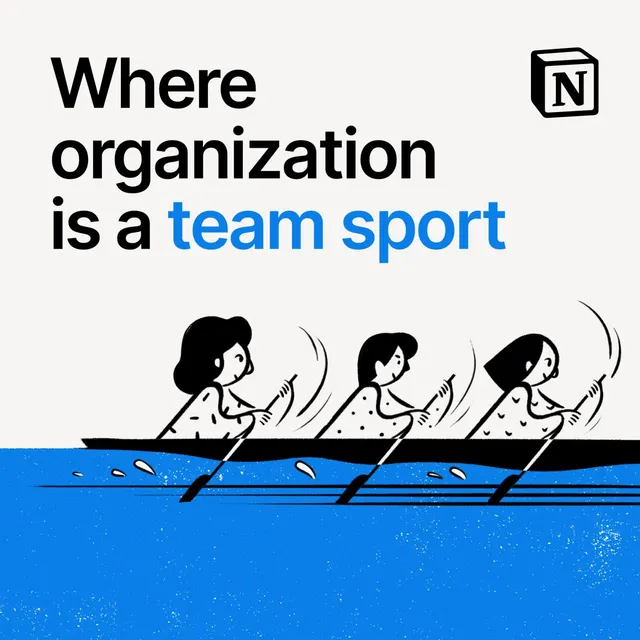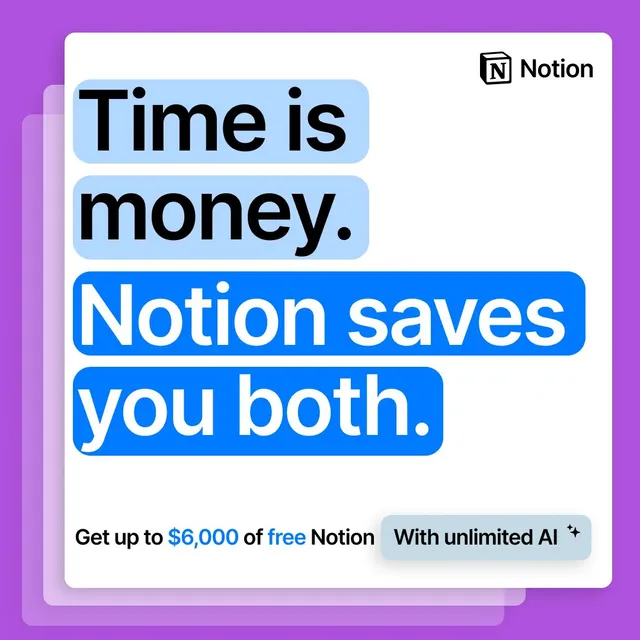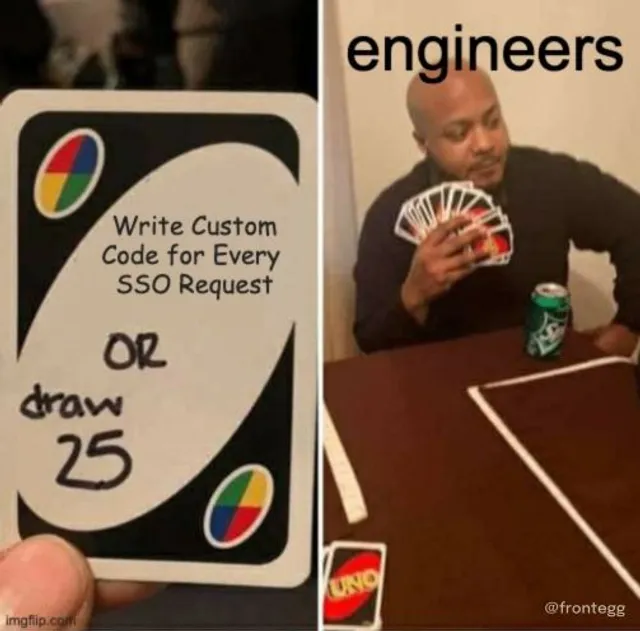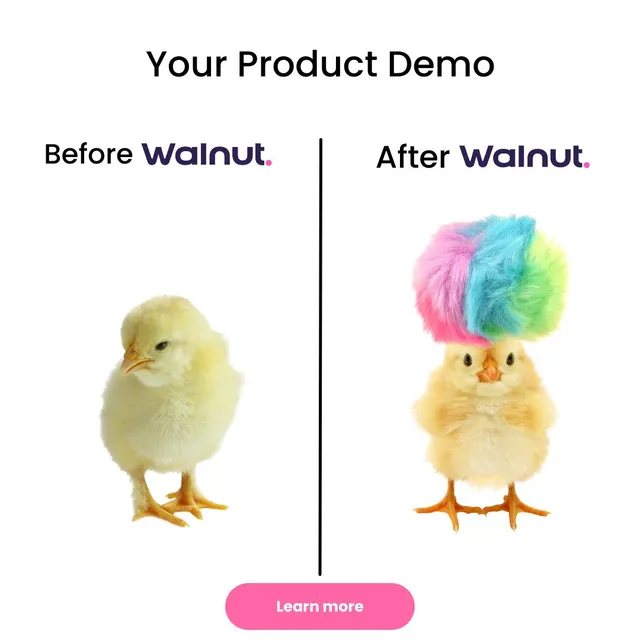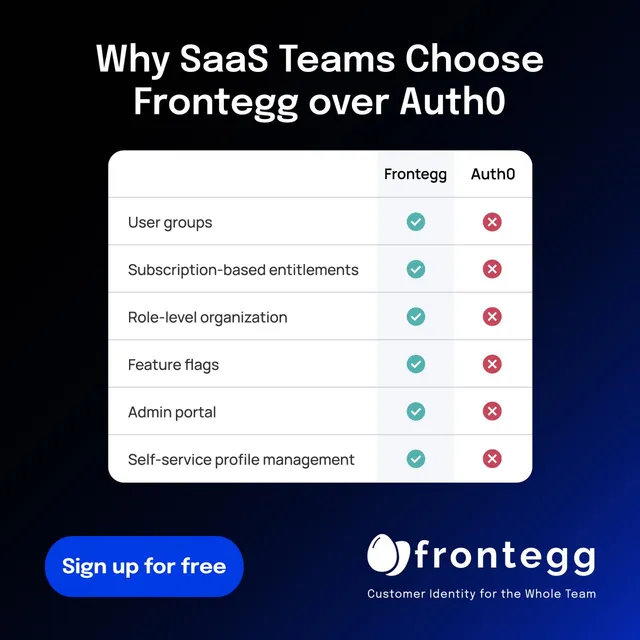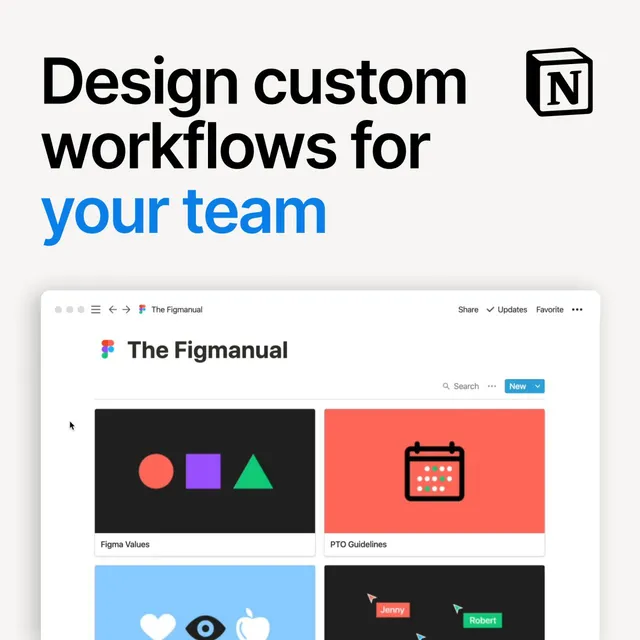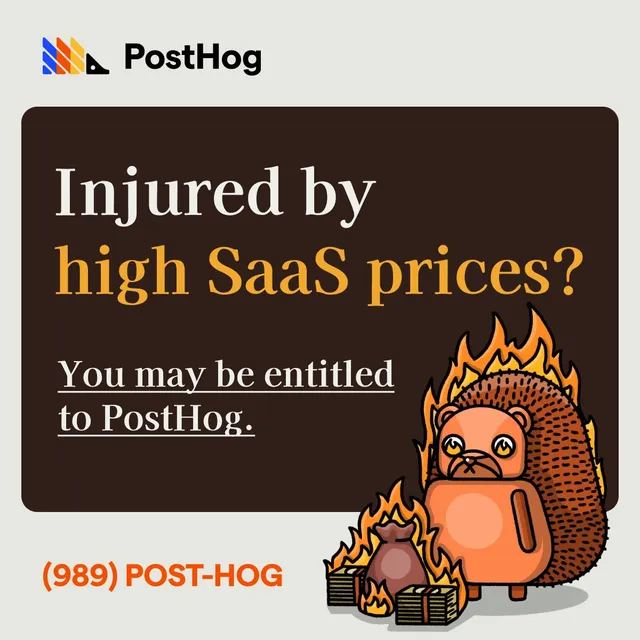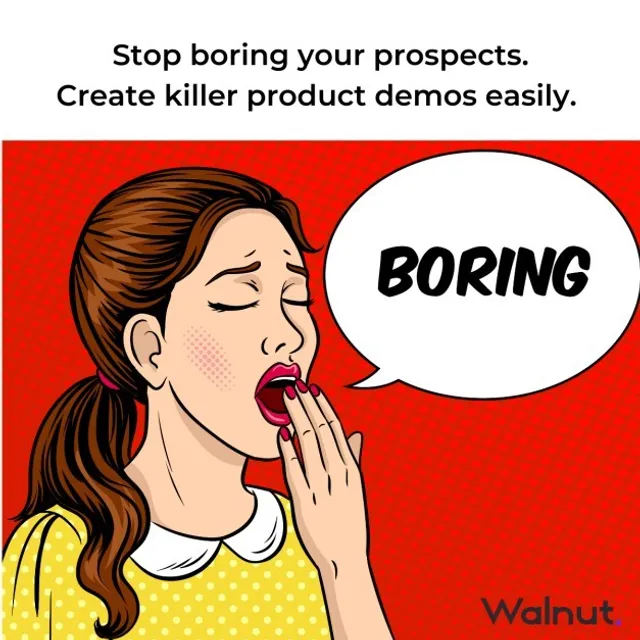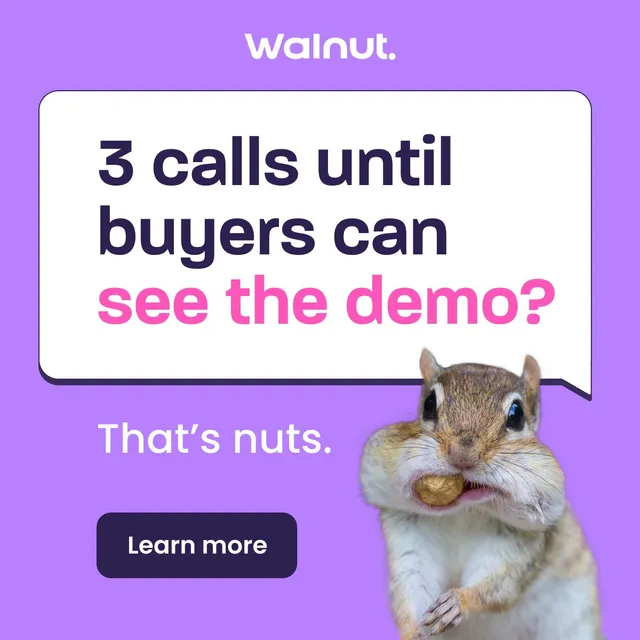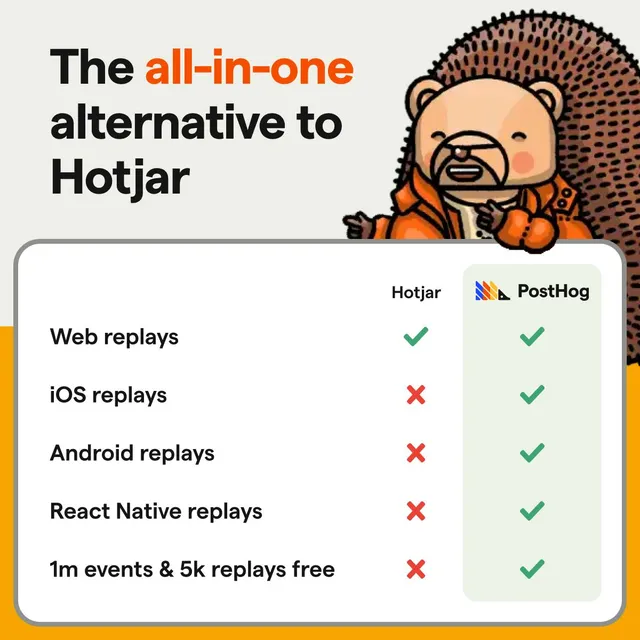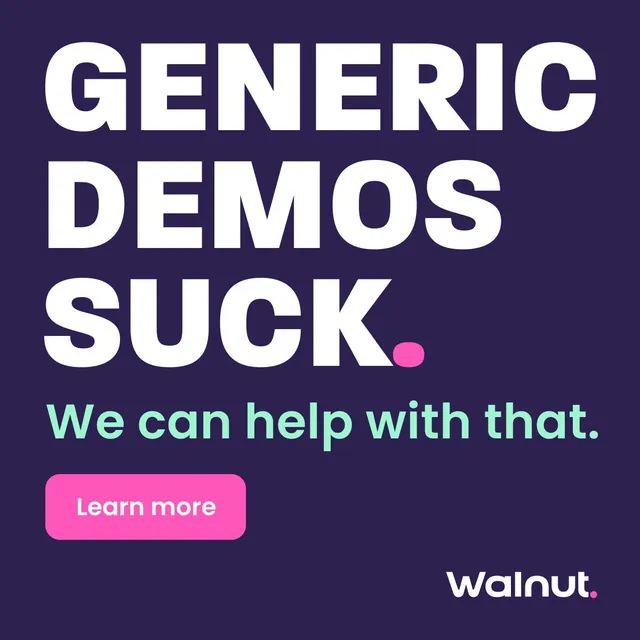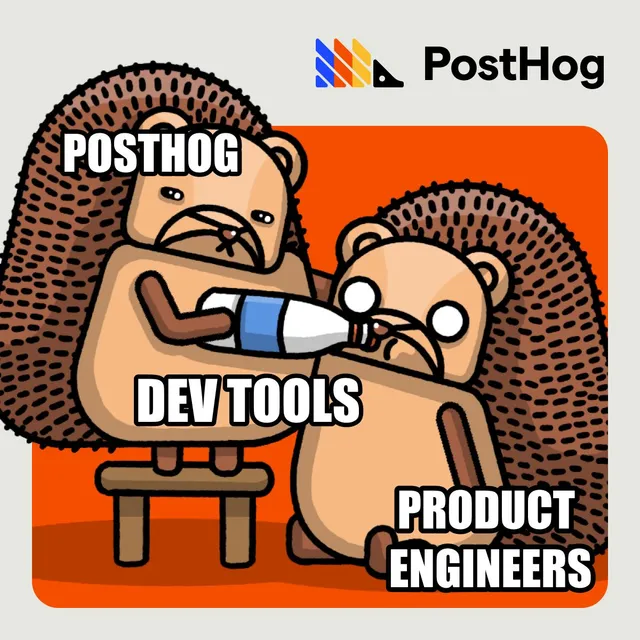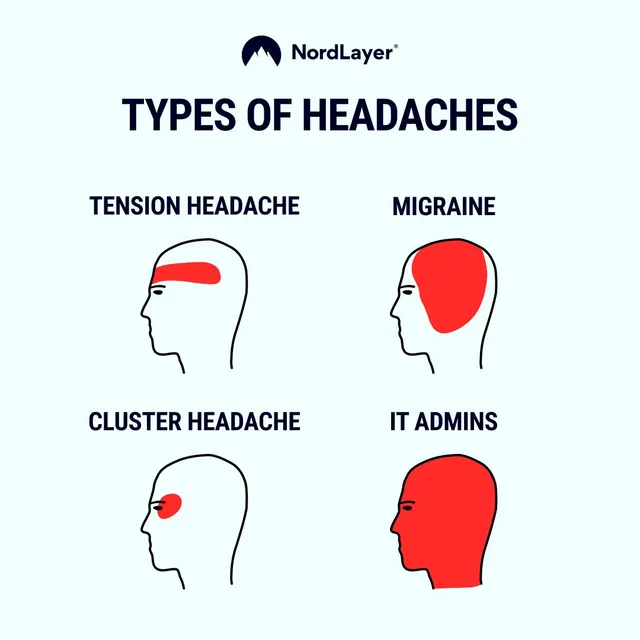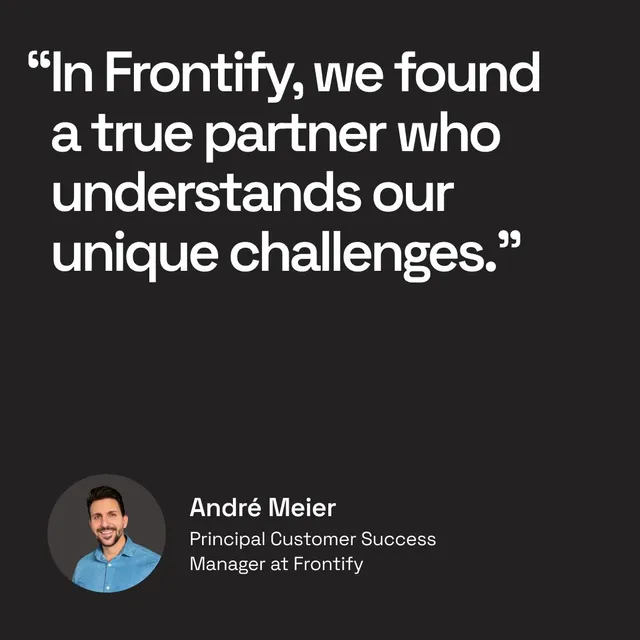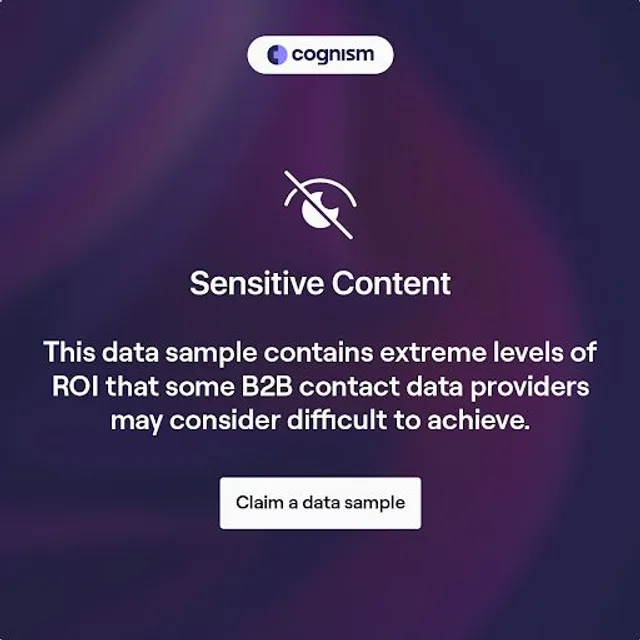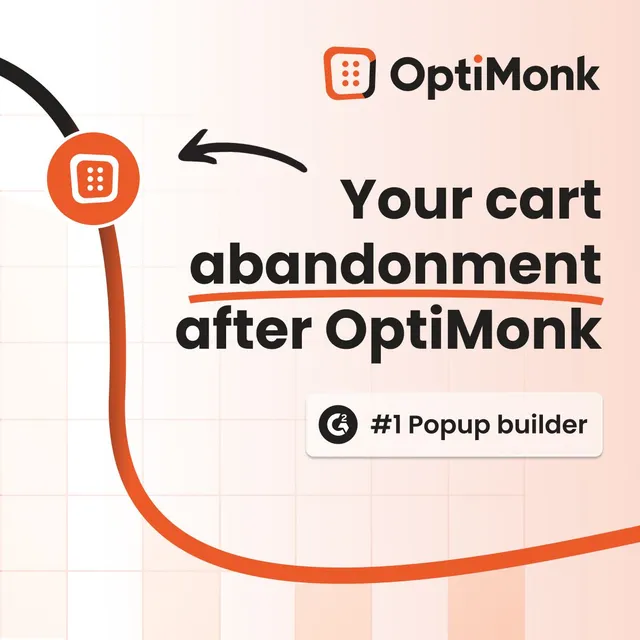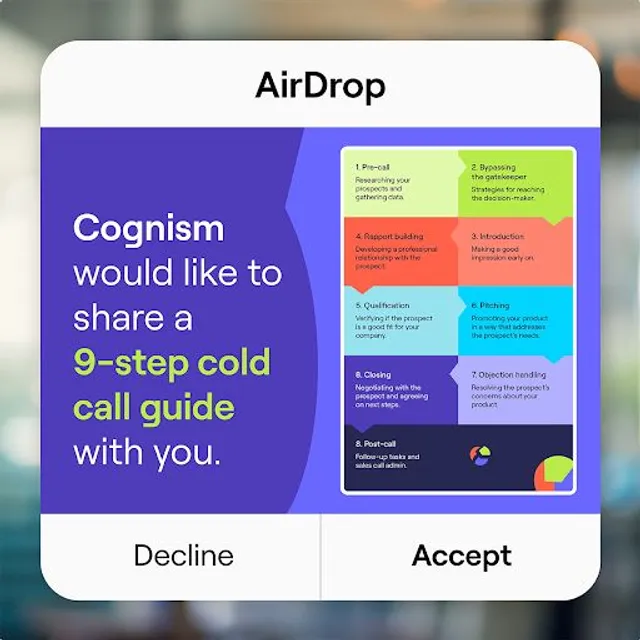SaaS Ad Examples
B2B SaaS Ads
B2B SaaS ads work best when they speak to real pain points and clear outcomes. Decision-makers care about efficiency, ROI, and proof. Skip the buzzwords. Show how your product fits into their workflow and solves a real business problem.
Comparison Ads
Comparison ads highlight the shift from a frustrating workflow to a streamlined solution. They work because they show exactly how life improves with your product. Clear contrast builds trust fast. No need for hype. Just real results.
Benefit-Led Ads
Benefit led ads focus on the outcome, not the features. They highlight what the user gains such as more time, less stress, or better results. These ads work because they speak directly to what the customer cares about. Instead of explaining how the product works, they show why it matters.
Fake UI Ads
Fake UI Ads look like real app screens but are totally fake. They use buttons and pop-ups to grab your eye and make ads feel fun and clickable. Great for tech brands that want to stand out fast.
Meme Ads
Meme ads grab attention fast and make your brand feel relatable. In SaaS, they work best when they poke fun at common pain points or industry quirks. Done right, they earn shares, spark conversation, and build awareness without feeling like an ad.
Pain-Point-Led Ads
Focus on what’s broken, frustrating, or inefficient in the current workflow. These ads trigger urgency by highlighting the problem before introducing the solution.
Social Proof Ads
Social proof ads build trust by showing that others already rely on your product. This could be customer logos, testimonials, user counts, or expert endorsements. They reduce risk in the buyer's mind and make your product feel like the safe, proven choice.
Text-Based Ads
Text-based ads rely on strong copy rather than visuals. They use bold headlines, short punchy lines, or structured text blocks to grab attention and deliver the message fast. SaaS brands often use them to highlight value props, make bold claims, or speak directly to the viewer in a scroll-stopping way. They’re especially effective on platforms where clean design and clear words stand out.
